What is the tolerance range of precision screws?
What is the tolerance range of precision screws?
Service Hotline
+86760-8787 8587We have more than ten years of experience in screw industry production, the main products are: full hollow rivets, PC board spacer studs, furniture wood products, rubber coupling gaskets, bolts for riding clips, double lug gaskets, thickened and elongated rivets , Splitting, breaking and separating, national standard expansion bolts, nylon/metal lock nuts, flat thin nuts, U-shaped steel pins, round cup bolts, hexagonal hollow rivets, supply of hexagonal flange surface fine thread nuts and other fasteners, due to The materials and specifications of the products are different, and the prices are also different. Please contact us if you need it.


Ordinary open rivet is a kind of product in rivet. It is riveted to the workpiece by expanding the rivet body after the big end of the mandrel is pulled. After the traditional rivet is riveted, the operator will cut the mandrel short, the mandrel does not work, and the workpiece is riveted by the material strength of the rivet body itself. After the mandrel is pulled, the middle of the rivet body becomes a cavity, and the mandrel shears The distance of the segments is relatively random. The random shearing determines the length of the cavity of the riveting body, and the length of the cavity determines the tensile and shear strength of the riveting body. The volume of the cavity is large, the tensile and shear strength is low, and the cavity is small. , the tensile and shear strength is slightly improved, so the breaking point of the rivet can completely affect the use effect of the rivet.
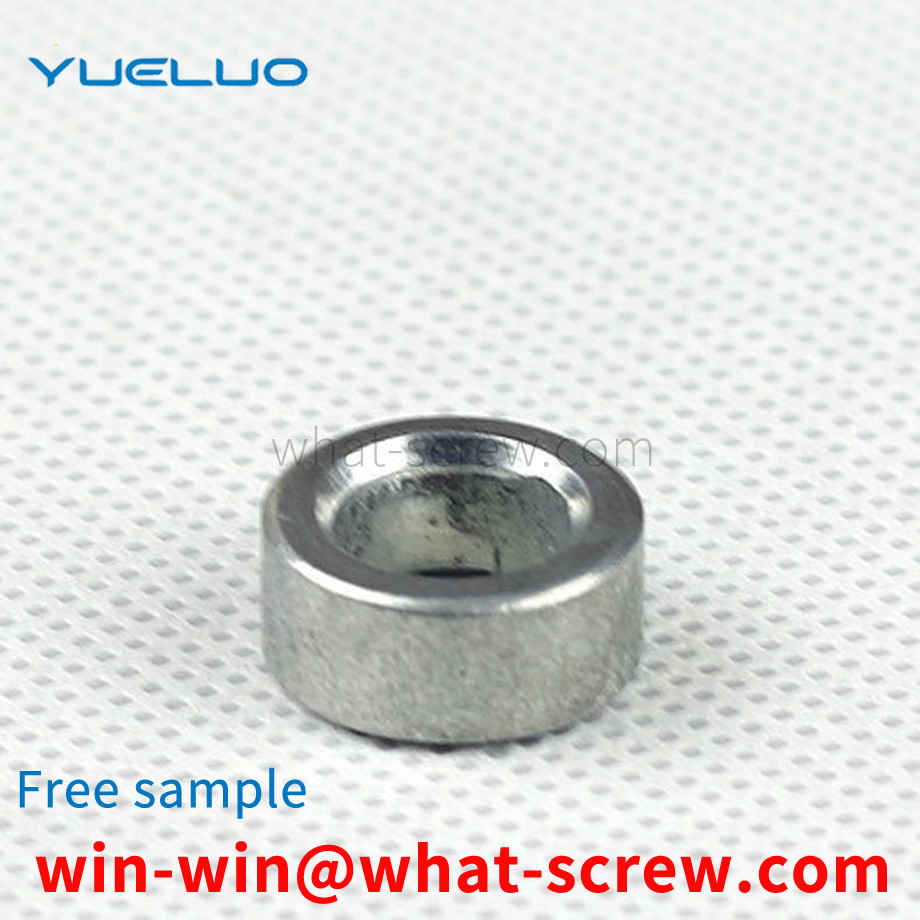
Inch Screws C-1: Thread Code: The denominator is marked as 8, and then the numerator is directly called the number. Ex: 1/8 x 0.50 –PPB: 1 Thread screw x 0.50” long, PPB Ex: 5/16 x 0.50 –PPB = 2.5/8 x 0.50-PPB : 2 ½ inch screw x 0.50” long, PPB Ex: 5/32 x 0.50 –PPB =1.25/8 x 0.50-PPB: 1 ½ ½ inch screw x 0.50” long , PPB Ex: 1/4 x 0.50-PPB= 2/8 x 0.50-PPB: 2-point screw x 0.50” long, PPB Note: Coarse or fine pitch is sometimes indicated. UNF: Fine pitch: more commonly used in the electronics industry UNC: Coarse Thread: More commonly used for heavy machinery construction. Ex: 3/8 x 0.50, UNF –PPB: 3 point fine thread screw x 0.50” long, PPB. C-2: Length Code: In inches, must be multiplied by 25.40 is converted to mm. Measured with a buckle gauge, it is a metric thread when it matches the metric thread, and an inch thread when it matches the inch thread. You can also use a caliper to measure the outer diameter and pitch of the thread. The outer diameter of the metric thread is in millimeters, Such as 6, 8, 10, 12, 18, 20 mm, etc., the pitch is also in millimeters, such as 0.5, 0.75, 1, 1.5, 2, 3, etc. The outer diameter of the imperial thread is in inches, (per inch Equal to 25.4 mm) such as 3/16, 5/8, 1/4, 1/2, etc. Therefore, the reading of the outer diameter with a metric caliper often has irregular decimals. The inch pitch is expressed by how many teeth per inch. Set the caliper at 25.4 mm, align one caliper tip with the thread cusp, and the other caliper tip, if aligned with the thread cusp, is an inch thread, and if the thread cusp is not aligned, it should be a metric thread. The tip is printed on the white chalk. The chalk is clear and easy to measure. To measure the metric pitch, you should measure a length, such as 10, 15, 20, millimeters, etc., count how many teeth are included, and calculate the pitch in inches. The specified thread specification is inch thread, such as: G1. Metric threads are specified in metric units of millimeters. Such as: M30. The imperial system is determined by how many teeth there are in one inch (2.54 cm), generally a 55-degree angle. The metric system is the pitch determined by the distance between the two tooth tips, usually a 60-degree angle anchor screw: tighten the machine, etc. Screws for use on the ground. Also called anchor bolts. The difference between British and American screws is difficult to distinguish visually. The difference between British and American screws is that the rolling angle of British screws is 55 degrees, while the rolling angle of American screws is 60 degrees. These two standard screws are used in most screws. It can be used in general, but 1/2 size screws are not allowed, because the standard thread of inch 1/2 is 1/2-12 teeth, while the American system is 1/2-13 teeth.
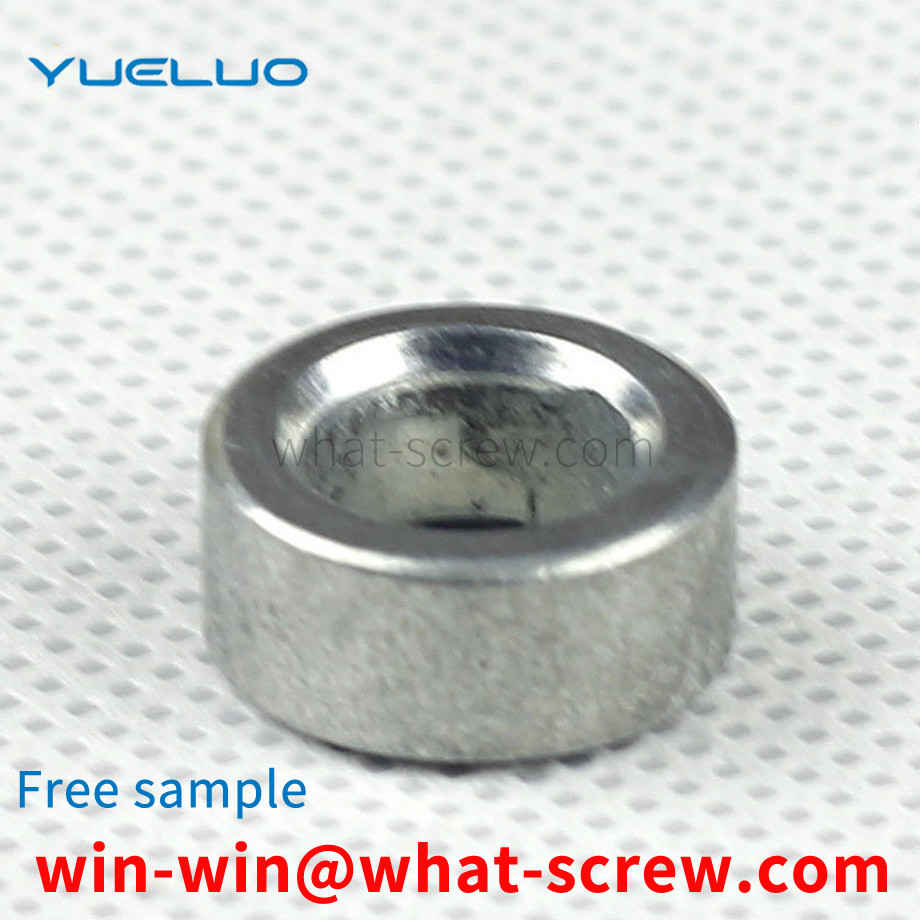
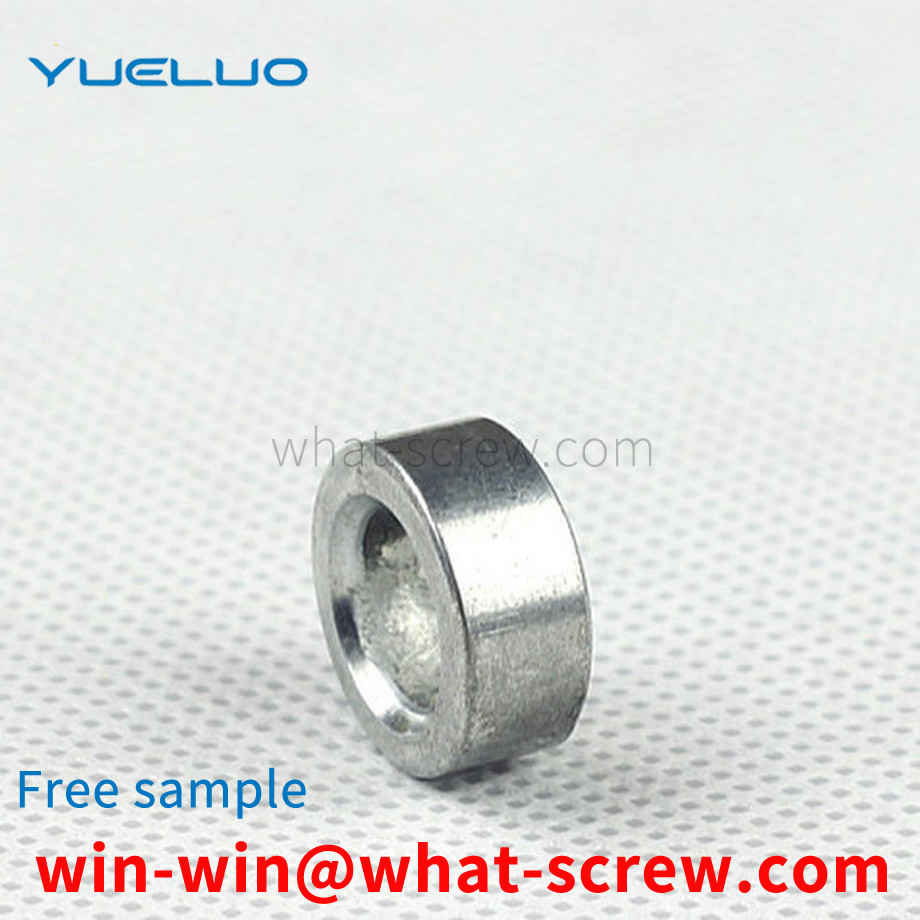
The material of the second combination screw: It is decided to use the test machine to test the material of the combination screw wire, which is divided into iron and stainless steel. Iron wire is divided into 1010 wire and 1018 wire, 10B21 wire, etc., stainless steel is divided into stainless steel 201, stainless steel 304, stainless steel 316 and so on. The provisions of the national label of three combination screws: Generally, those who have experience in combination screws can be separated by using the inner eye. The difference between hexagon heads. Use a caliper to measure out the three-combination screw specifications. How big is it, how long is it, how thick is the head of the combination screw, how thick is the flat washer, and what is the outer diameter of the flat washer. How many hours is the salt spray of the combination screw measured with a salt spray machine. Use the environmental test machine to test whether the three-combination screw is environmentally friendly. Still not environmentally friendly.

Type 1 nut refers to an ordinary hexagonal nut with a nominal height of m ≥ 0.8D. Its type and size should meet the requirements of GB/T6170; while the height of type 2 nut is higher than that of type 1 nut, its type and size should comply with GB/T6170. T6175. There are two purposes to increase the type 2 nut: one is to obtain a relatively inexpensive nut that does not require heat treatment by increasing the height of the nut. Because D≤M16 grade 8 type 1 nuts do not need heat treatment, among grade 8 nuts, only the specifications of D>M16~39 use type 2 nuts. Obviously, type 1 nuts that do not need heat treatment cannot reach grade 9 nuts. Mechanical property requirements. Another purpose of specifying Type 2 nuts is to obtain a more ductile grade 12 nut. As the height of the nut increases, the guaranteed stress index can be achieved at a lower quenching and tempering hardness, so the toughness of the nut is increased. Classified by tooth spacing: standard teeth, regular teeth, fine teeth, very fine teeth and cross teeth. Classification by material: stainless steel hexagon nuts and carbon steel hexagon nuts, copper hexagon nuts, iron hexagon nuts. Classification by thickness: hexagonal thick nuts and hexagonal thin nuts. Classification by usage: hot melt copper nut, hot pressed copper nut, embedded copper nut and ultrasonic copper nut

The above content is uploaded by Yueluo or the Internet. If there is any copyright issue, please contact [email protected].

What is the tolerance range of precision screws?

How to choose the right stainless steel screw manufacturer?

Why is there an R angle under the head of the hexagon head s...
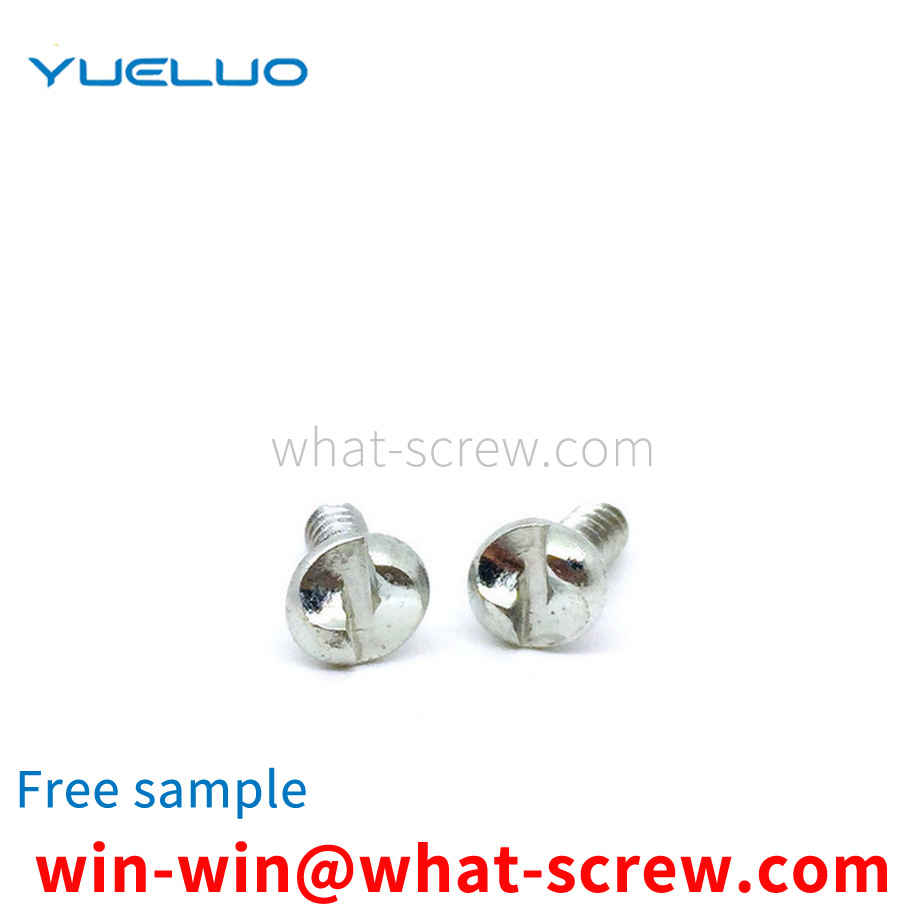
We have more than ten years of production experience in the ...

We have more than ten years of production experience in the ...
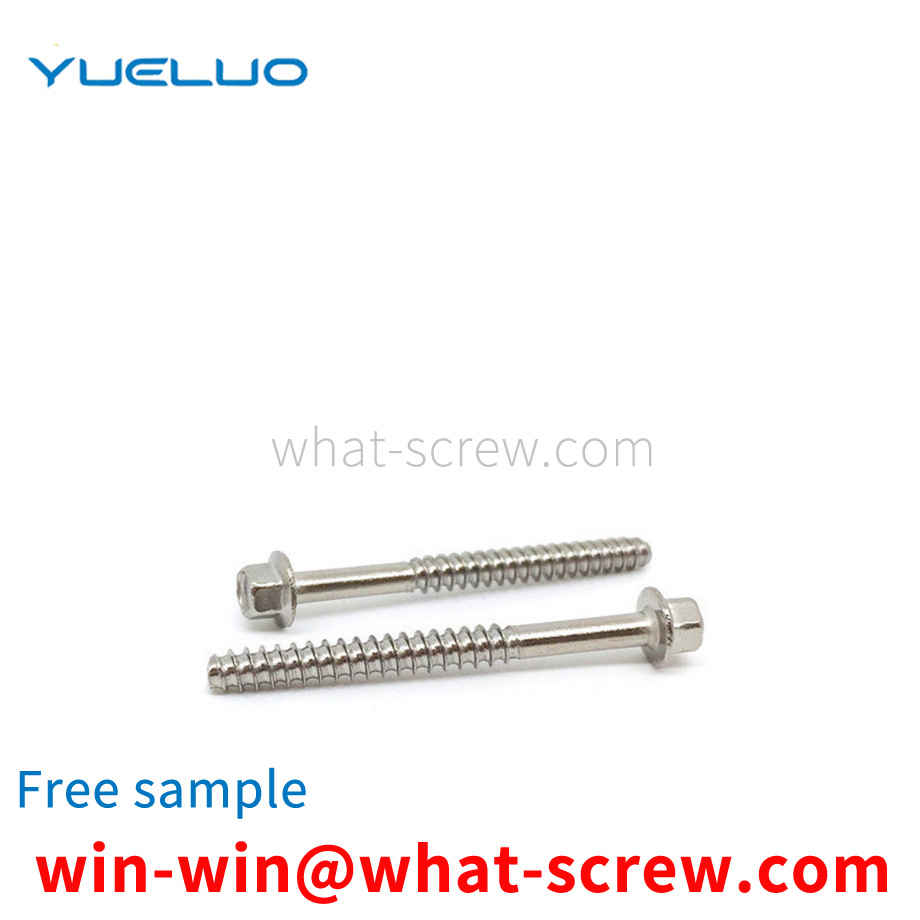
We have more than ten years of production experience in the ...
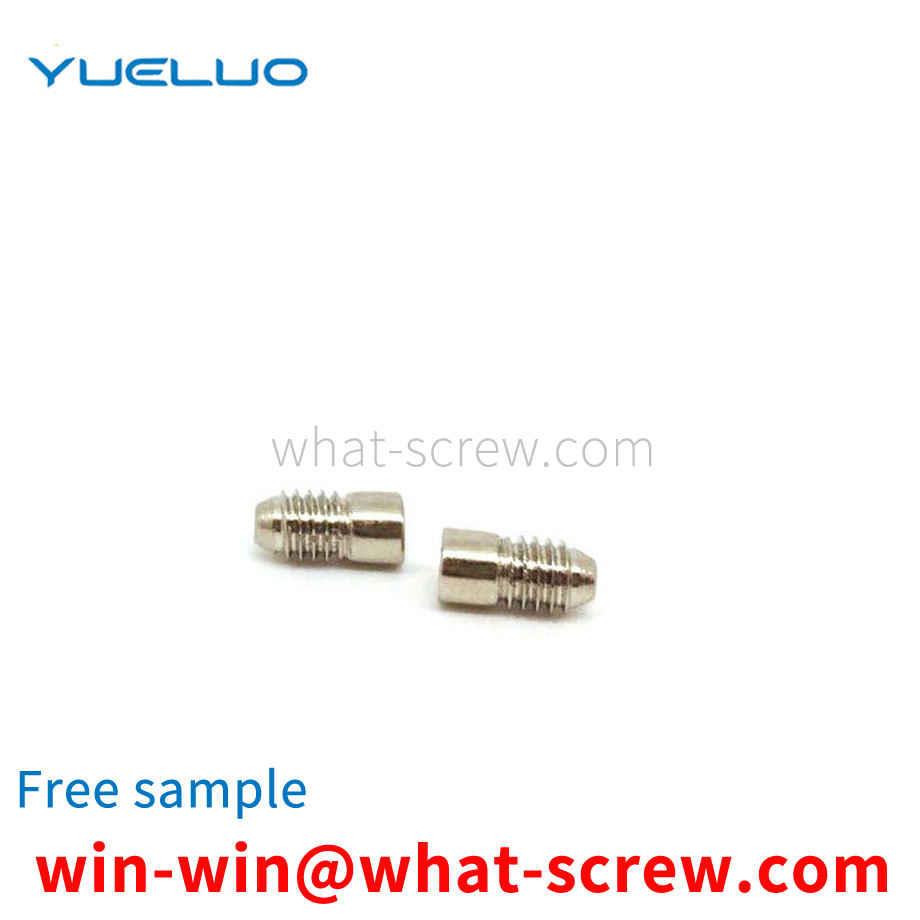
We have more than ten years of experience in the production ...